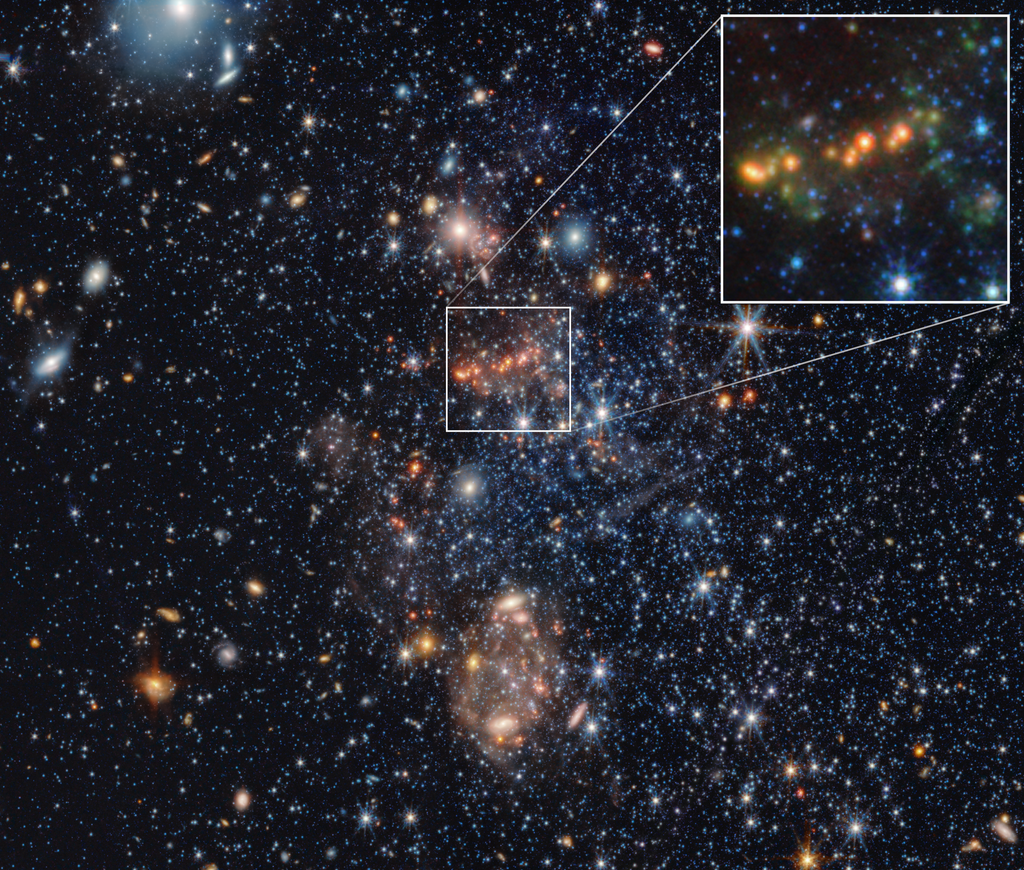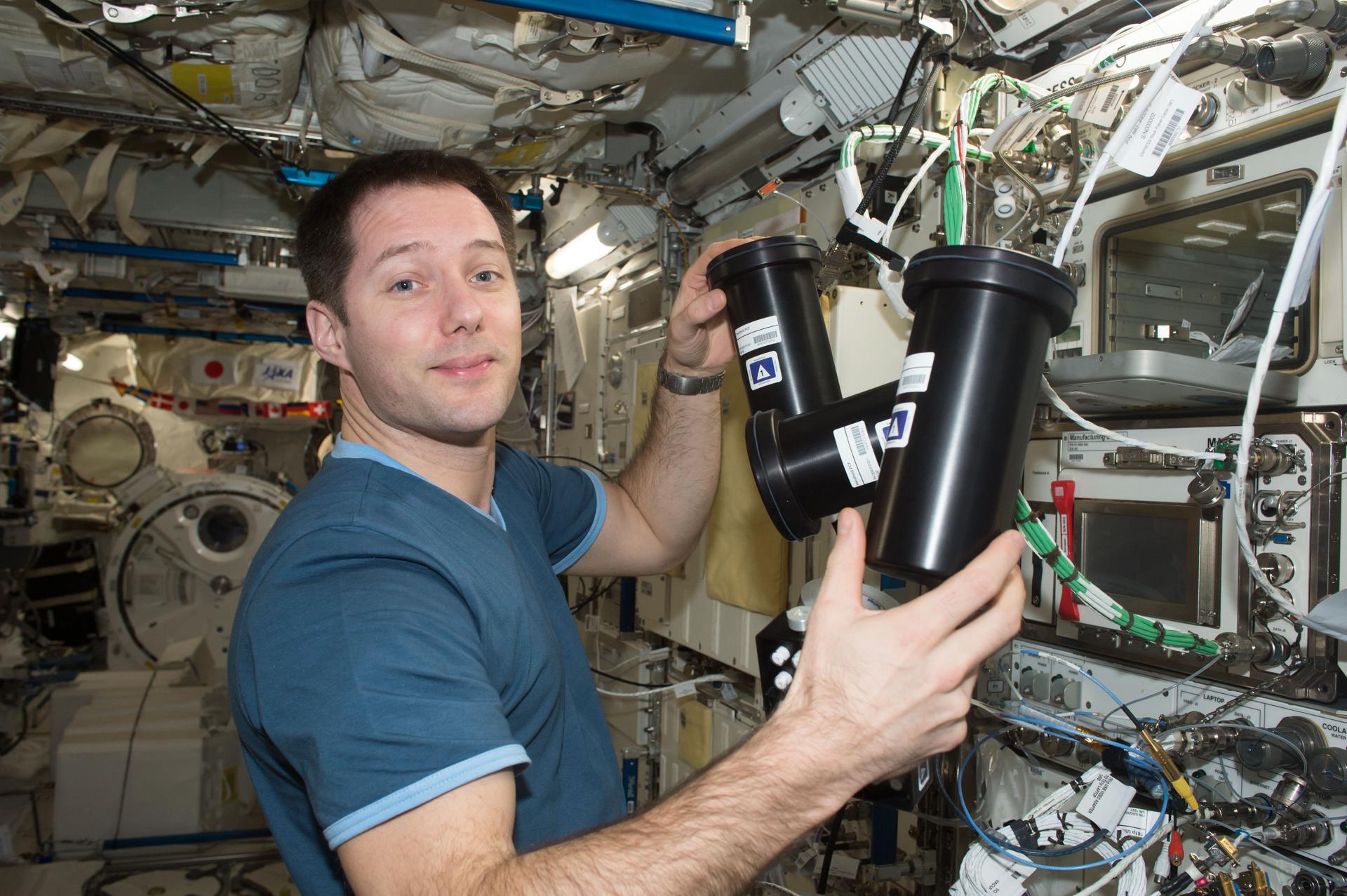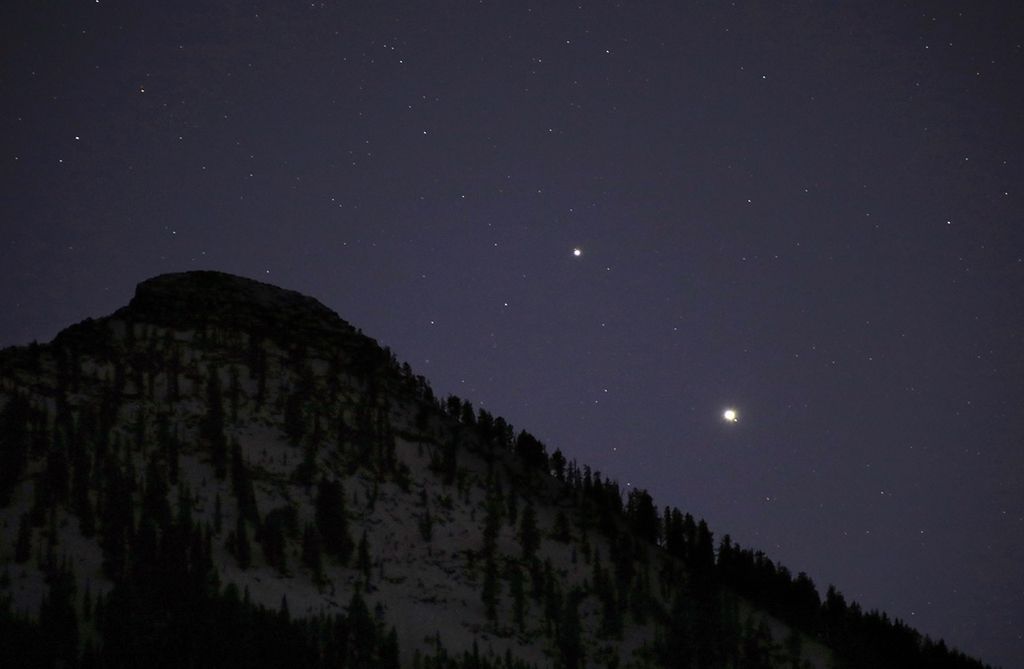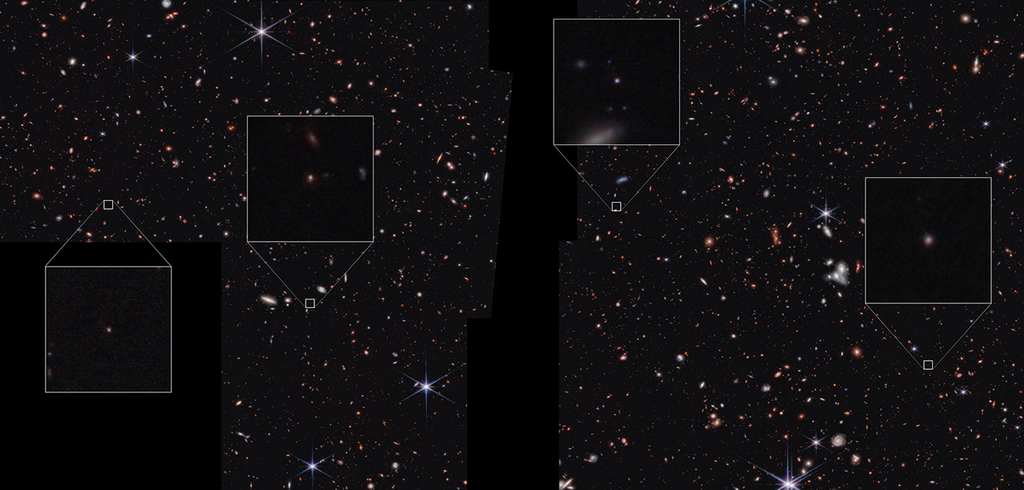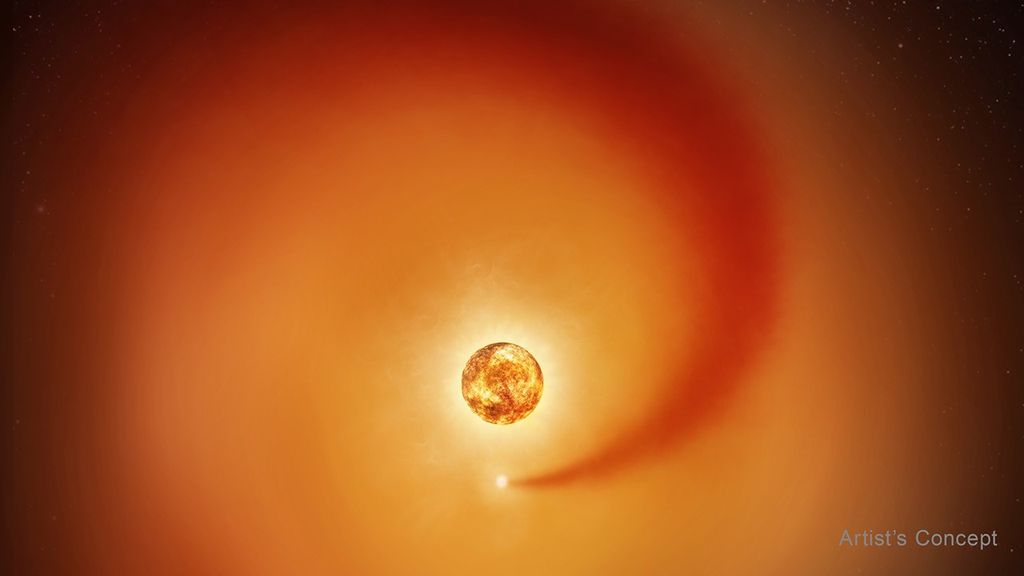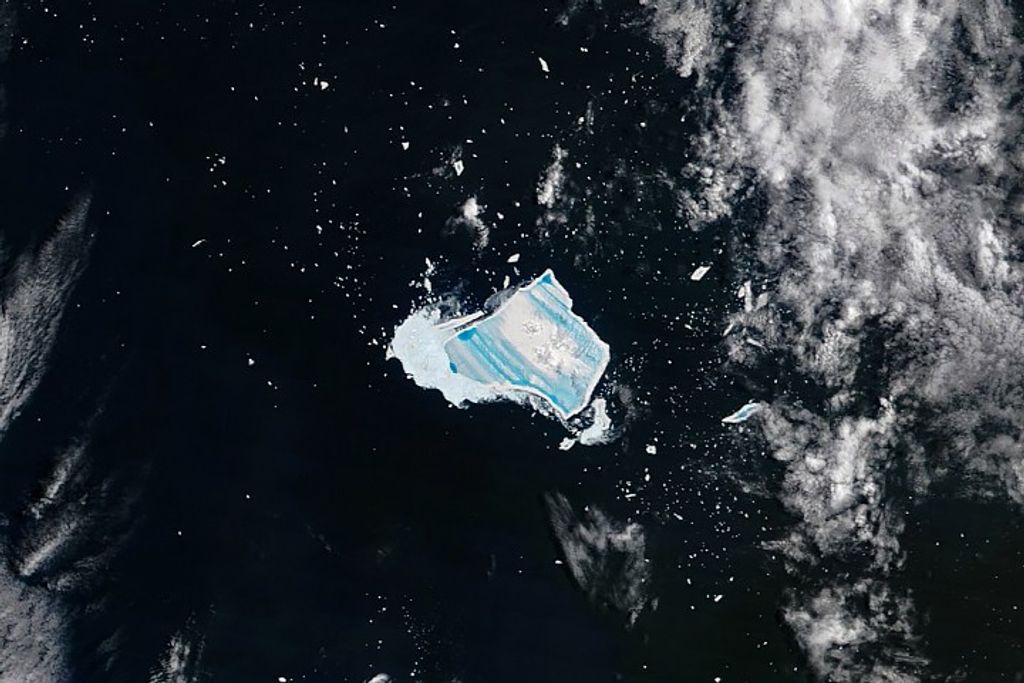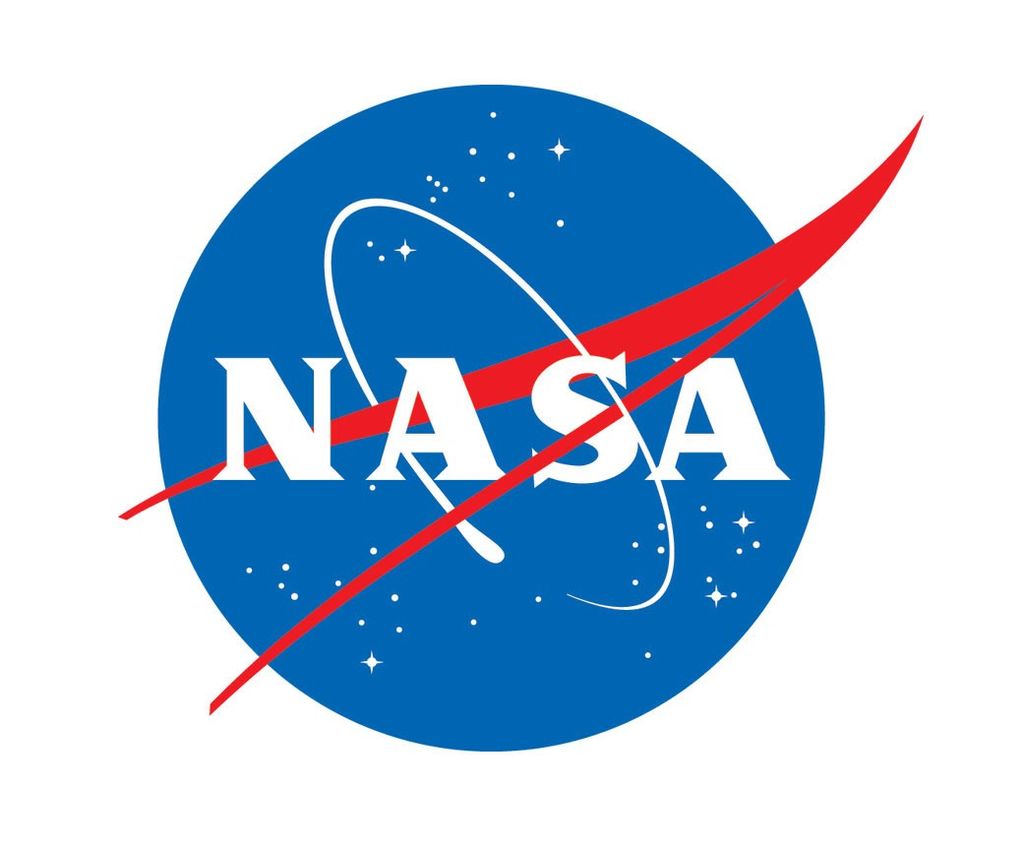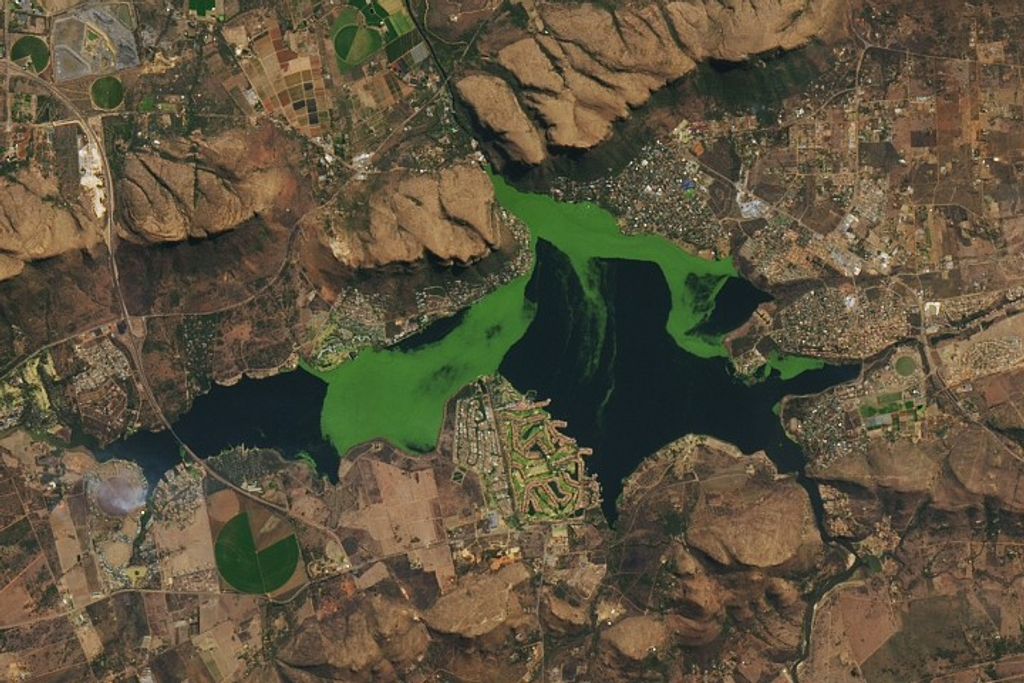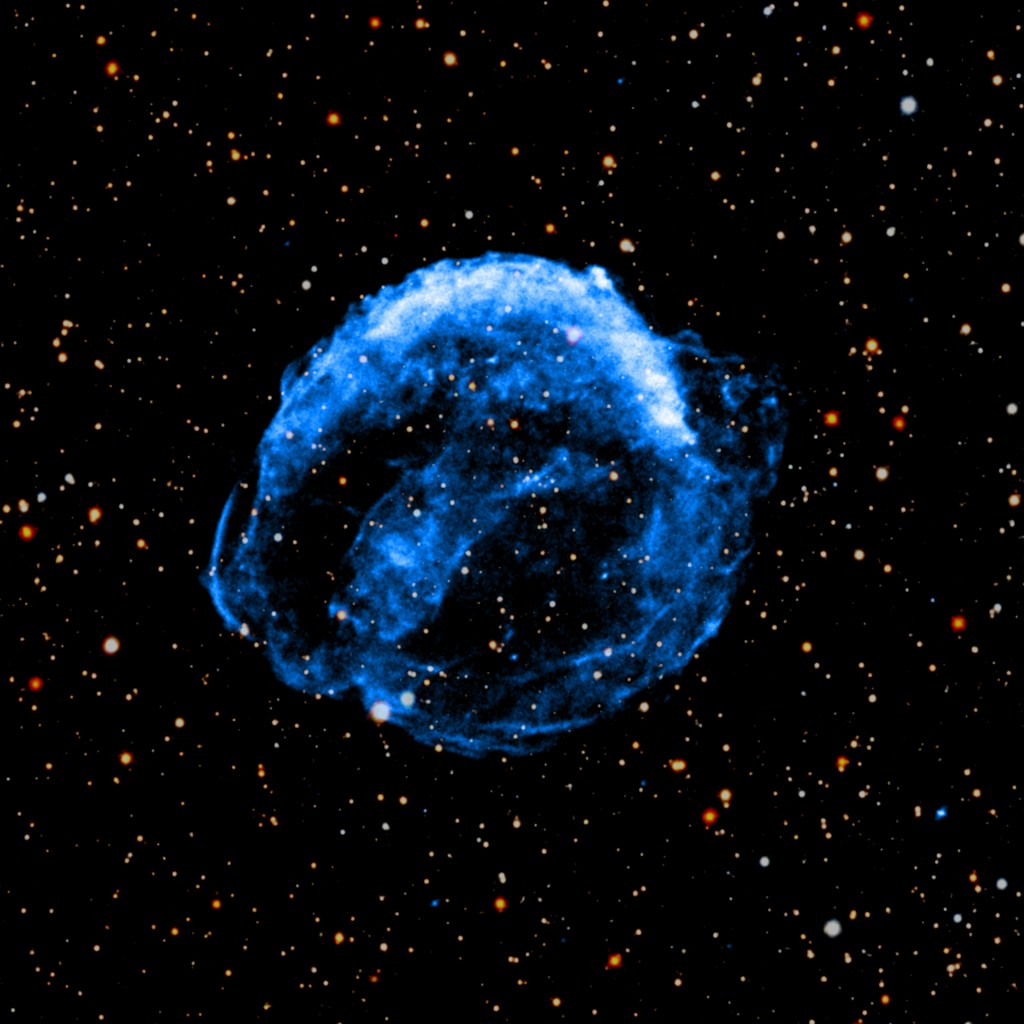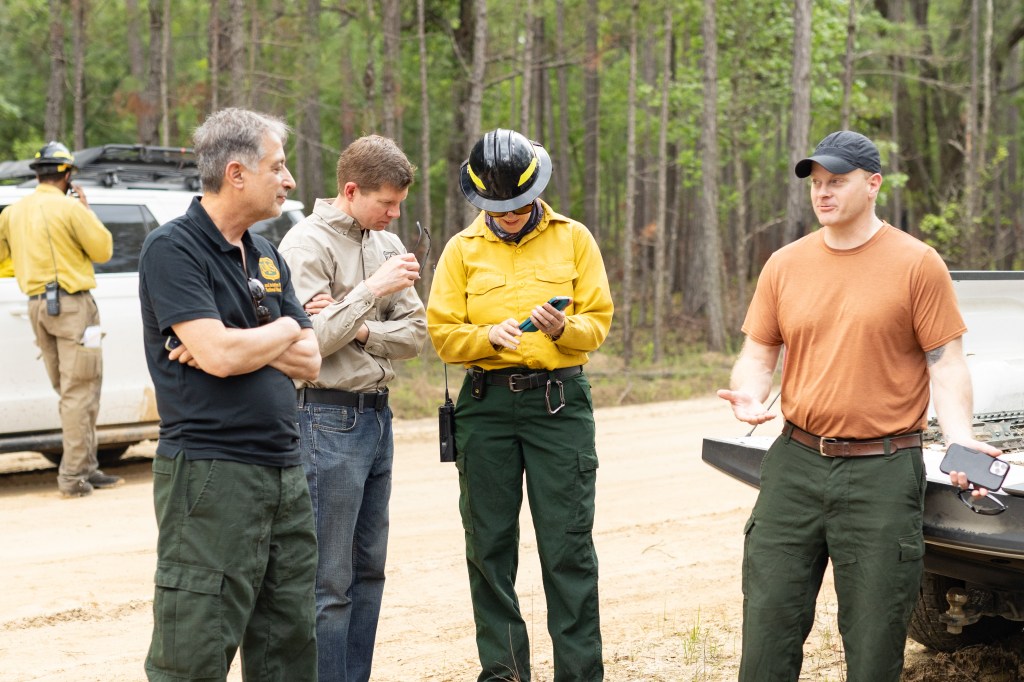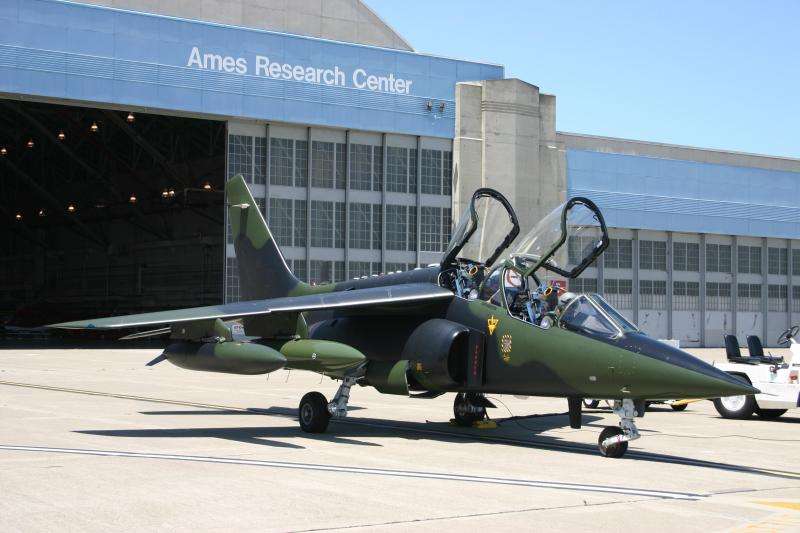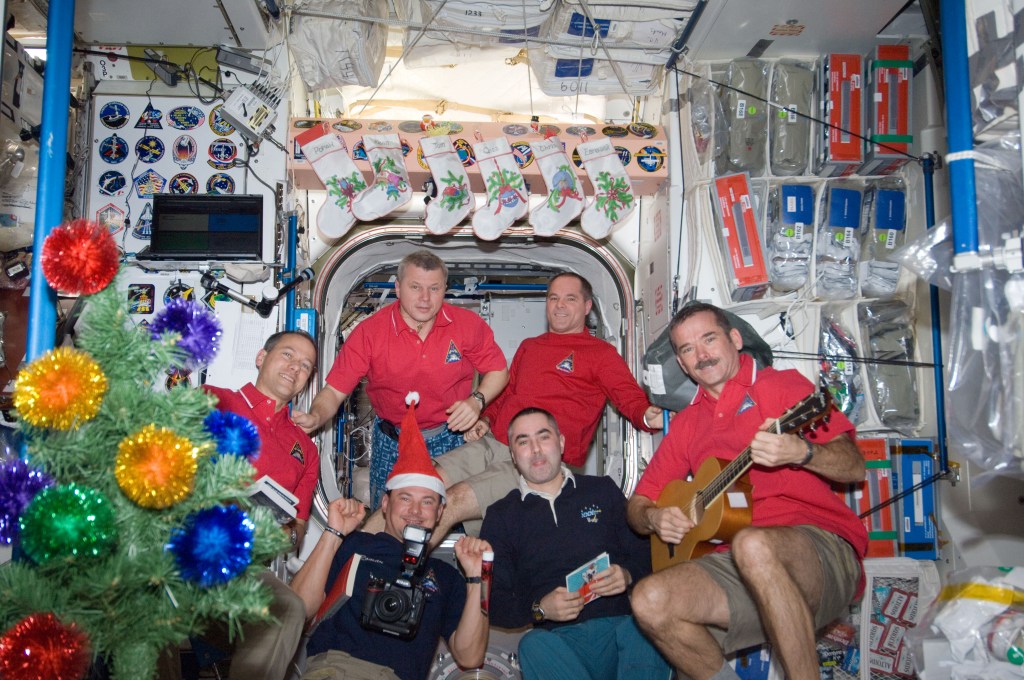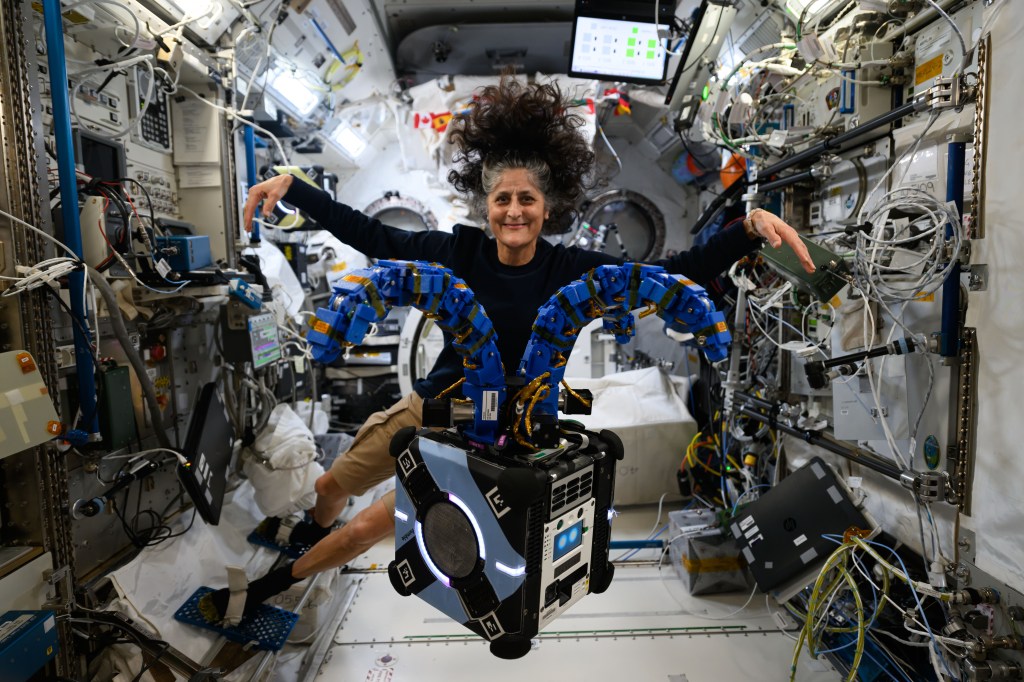NASA’s Carruthers Geocorona Space Observatory Arrives in Florida
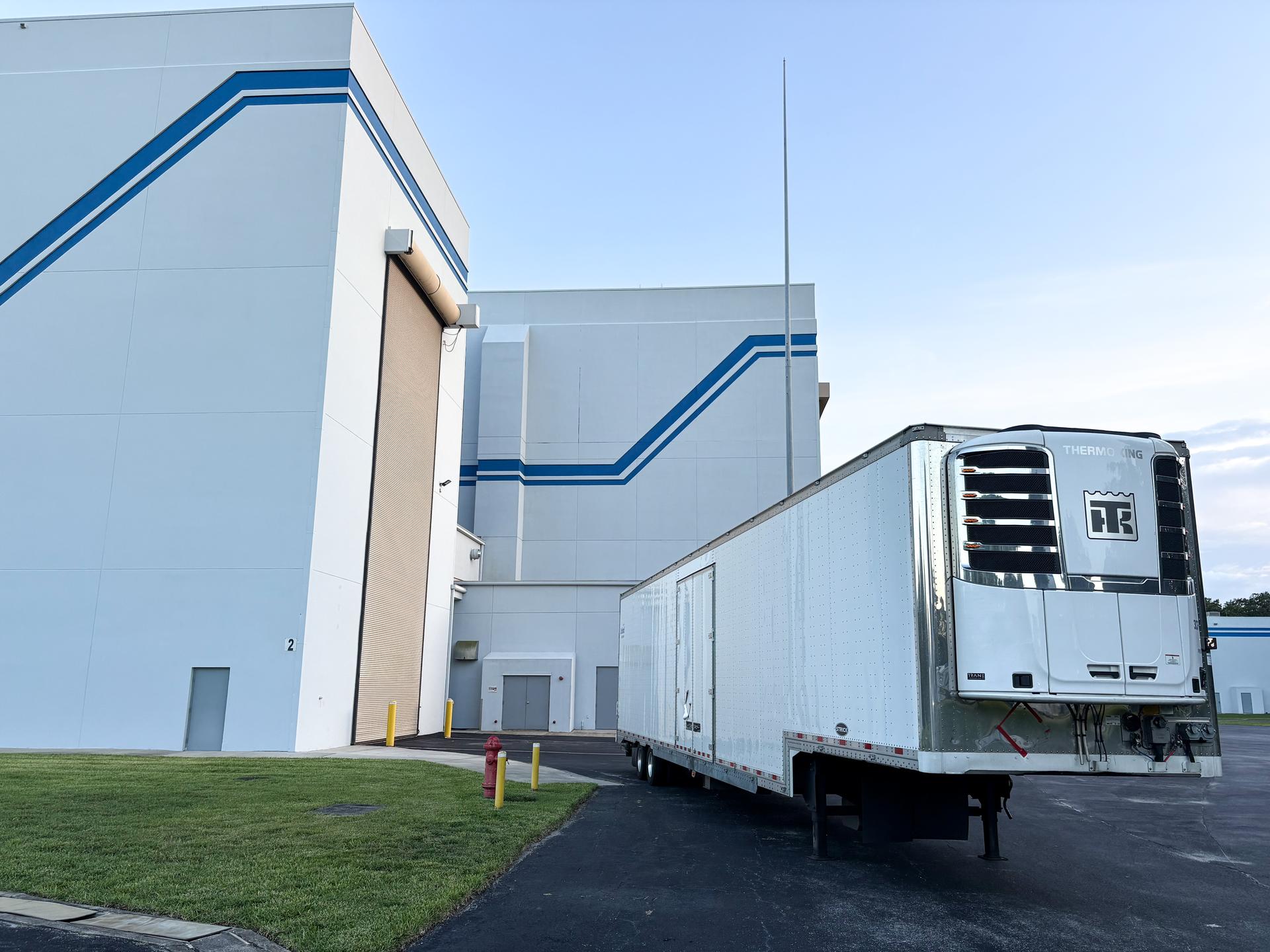
Technicians offloaded NASA’s Carruthers Geocorona Observatory following arrival on July 20 at the Astrotech Space Operations Facility near the agency’s Kennedy Space Center in Florida. Workers drove the spacecraft from a BAE Systems facility in Colorado, where teams built the spacecraft bus and integrated instruments at the Space Sciences Laboratory at UC Berkely in California.
The Carruthers Geocorona Observatory is a small satellite set to operate at Lagrange Point 1 (L1), an orbit point between the Earth and Sun about one million miles away, to study the Earth’s exosphere, the outermost part of the atmosphere. Carruthers will use its ultraviolet cameras to monitor how space weather from the Sun impacts the exosphere. Earth’s exosphere plays an important role in protecting our planet from space weather events, which can impact satellites in orbit, communications signals in the upper atmosphere, and power lines on the ground.
Earth’s exosphere is a cloud of neutral hydrogen that extends halfway the distance to the Moon and possibly beyond. It is created from the breakdown of water and methane to hydrogen atoms in the upper atmosphere by ultraviolet light from the Sun. The geocorona is the glow of this hydrogen in ultraviolet light, a wavelength called Lyman-alpha. The geocorona has only been globally observed four times prior to this mission. Carruthers Geocorona Observatory is named after the inventor of the first telescope to take a picture of the geocorona, Dr. George Carruthers.
The observatory will continue to undergo launch preparations for the next several weeks at Astrotech’s payload processing facility. In addition to loading propellant, technicians will mount Carruthers and the National Oceanic and Atmospheric Administration’s (NOAA) Space Weather Follow On L1 satellite to rideshare hardware that will connect these two payloads to NASA’s IMAP (Interstellar Mapping and Acceleration Probe) mission.
The team will encapsulate all three spacecraft into a payload fairing and transport them to NASA Kennedy to be mated with a SpaceX Falcon 9 rocket. Launch for the missions are no earlier than September from Launch Complex 39A.
Follow @NASAKennedy on X and Facebook for updates on these missions.

